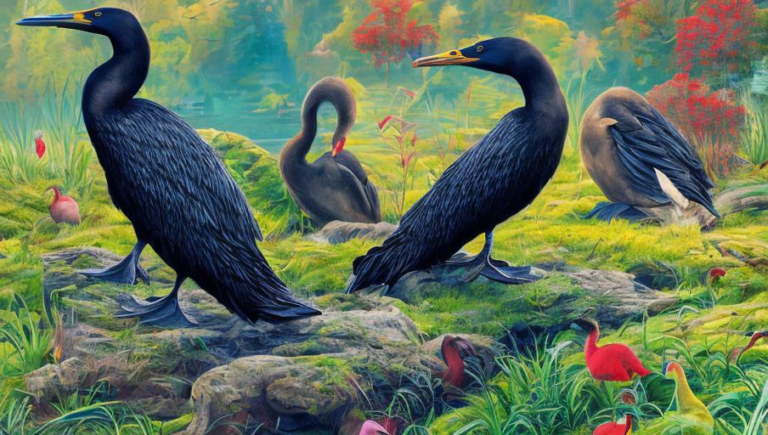Vital Facts About Dolphins

Introduction
Dolphins are one of the most beloved and iconic species on the planet. They are intelligent, social mammals that live in the ocean and many people are drawn to them for their playful nature and graceful movements. Dolphins can be found in many different oceans around the world, including the Atlantic, Pacific, and Indian Oceans. While dolphins are often celebrated for their beauty, there is much more to these animals than meets the eye. Let’s take a closer look at some of the fascinating facts about dolphins.
Appearance and Anatomy
Dolphins are warm-blooded mammals with streamlined bodies that enable them to move quickly and gracefully through the water. They have a thick layer of blubber that helps keep them warm in cold waters. The average weight of a dolphin ranges from 330 to 440 pounds and they can grow up to 12 feet long. They have a curved dorsal fin that helps them steer and maintain balance in the water. They also have a blowhole on the top of their head that they use to breathe. Dolphins have excellent vision in and out of the water, and they communicate using a variety of vocalizations and body language.
Behavior and Social Structure
Dolphins are extremely social animals that live in groups called pods. A pod typically consists of about 10-12 dolphins, although some pods can contain up to 100 members. Dolphins use their pods to find food, protect each other, and socialize. They have complex social relationships, with adults forming strong bonds with calves and juveniles. Dolphins are also very playful and enjoy interacting with humans, often playing games and jumping out of the water. Dolphins also have unique behavior patterns, such as using tools, teaching each other new skills, and even mourning their deceased.
Diet and Predators
Dolphins are carnivores that primarily feed on fish. They also hunt for squid and crustaceans. Dolphins can dive up to 1,000 feet in search of food and can hold their breath for up to 15 minutes. They are also known to hunt in groups, using sophisticated techniques to capture their prey. The main predators of dolphins are sharks, killer whales, and humans. Dolphins have developed a number of clever strategies to avoid their predators, such as swimming in large groups and using sound to confuse their attackers.
Conservation
Unfortunately, dolphins are threatened by a number of factors, including climate change, pollution, and overfishing. As a result, many dolphin species are classified as endangered or vulnerable. Conservation efforts are focused on reducing human impact, protecting habitats, and raising awareness about the importance of these animals. Organizations such as the World Wildlife Fund are working to create safe havens for dolphins and other marine wildlife.
Conclusion
Dolphins are fascinating and beautiful creatures that are an important part of the ocean ecosystem. The more we understand about them, the better we can protect them. Through conservation efforts and education, we can ensure that dolphins remain a part of our planet for many more generations to come.





